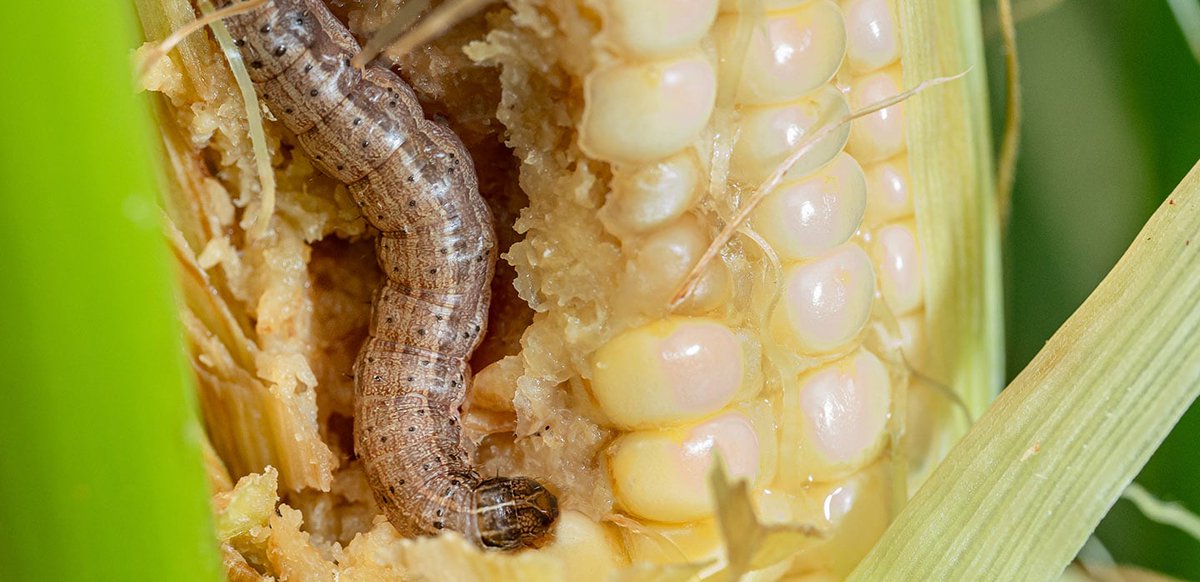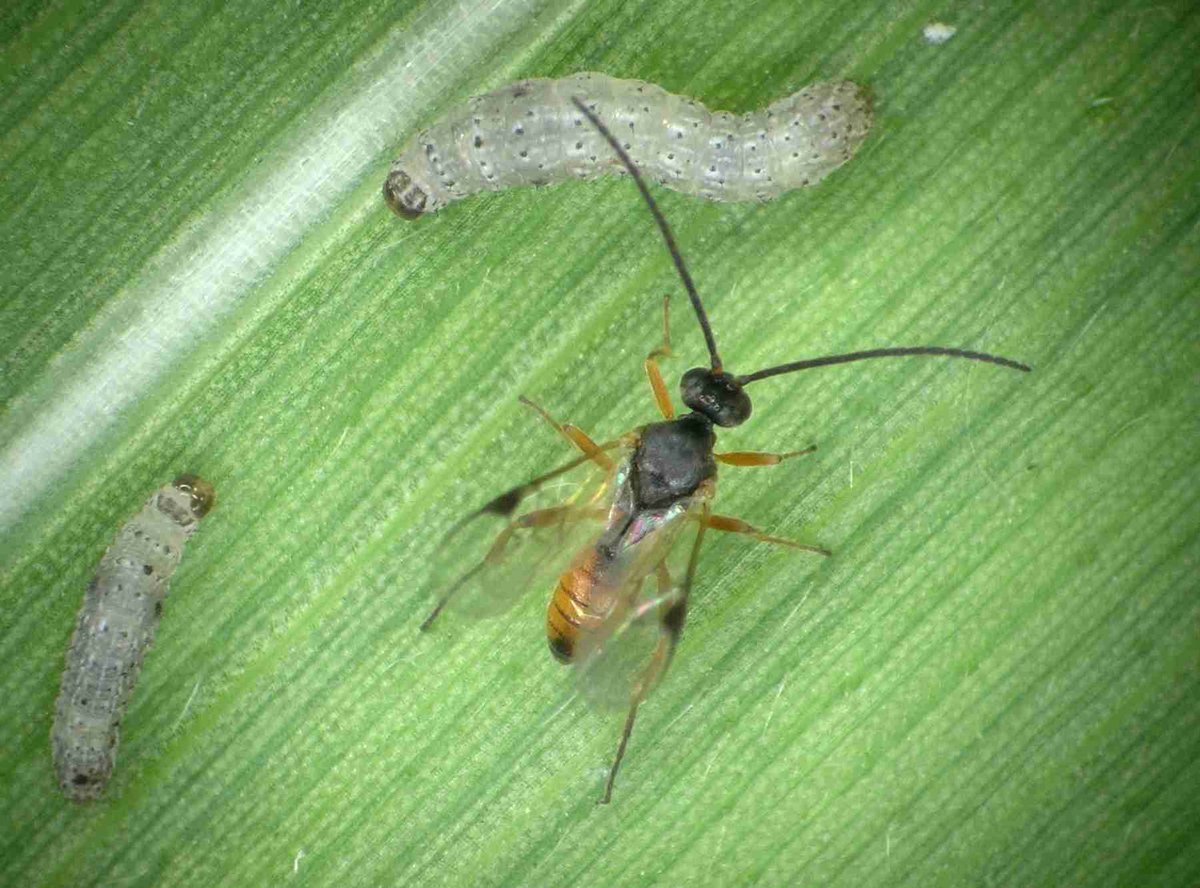
The fall armyworm (FAW), Spodoptera frugiperda is an invasive insect pest that is native to south America. It is spreading across the world and was recently reported in neighboring Syria. Why is this a big deal?
@Ibrakhim_Aya @MouhanedD @souhad_16 @TSerhal
onlinelibrary.wiley.com/doi/abs/10.111…
@Ibrakhim_Aya @MouhanedD @souhad_16 @TSerhal
onlinelibrary.wiley.com/doi/abs/10.111…
Via natural flight and through the movement of infested goods, this pest has now spread to the US, to most African countries, to south east Asia and Australia, wreacking havoc along the way. 



In its larval stage, it can cause significant damage to crops. It prefers maize, but can feed on more than 80 additional species of plants, including rice, sorghum, millet, sugarcane, vegetable crops and cotton. 





If not managed properly on a landscape and local level, FAW poses a real threat to food security and to the livelihoods of millions of smallholder farmers. @FAO discourages the widespread use of chemical pesticides and advocates robust monitoring, early warning systems and #IPM.
Microorganism-based #biopesticides and several botanicals are key components in the fight against #FAW and in breaking its resistance to pesticides. Intercropping with select companion plants and diversifying the farm environment reduces FAW damage and economic impact. 

Predators and #parasitoids provide invaluable services in combatting FAW. Maize plants respond to larval damage by emitting volatiles that are attractive to Cotesia marginiventris, a fierce larval parasitoid. It lays one egg in the larvae, and its offspring eats its way out. 



Another control method involves the exploitation of the pest's sex phermone. Mating disruption may be achieved by deploying large concentrations of the pheromone in fields, eventually causing male confusion and disorientation. No mating=reduced population. 

The integration of all these methods and many more is crucial for the success of any management program. Farmer training and preparation to identify, report and contain this pest are essential. Is #MoA #Lebanon prepared? Do you have a plan? Or is it going to be business as usual?
• • •
Missing some Tweet in this thread? You can try to
force a refresh





